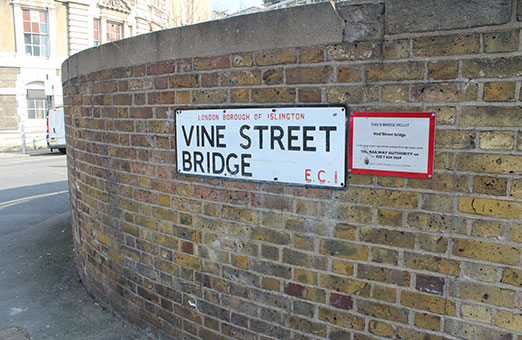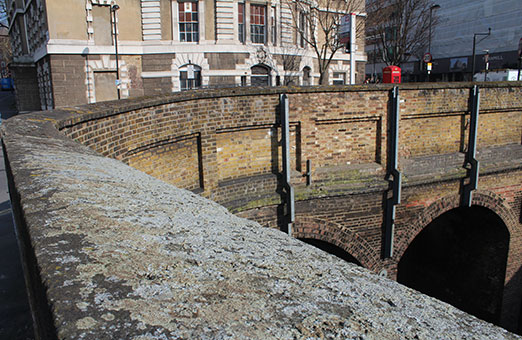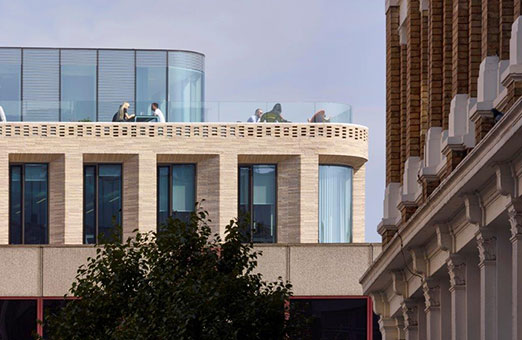This former petrol station had been the subject of several phases of investigation and remediation, prior to the appointment of GEA during redevelopment for the construction of new portal framed retail / commercial units. GEA supervised the removal of the former fuel tanks and monitored the remediation of the hydrocarbon impacted soil and then carried out detailed quantitative risk assessment of chlorinated solvent contamination.
The Planning Conditions that were imposed for the new development required a desk study and further investigation of the site and for this and all the previous work to be compiled into a single report. This initial work revealed that, whilst the majority of the near surface hydrocarbon contamination had been addressed by the previous remedial work, the groundwater in the deeper fluvio-glacial deposits was impacted by chlorinated solvents, PCE, TCE, DCE and vinyl chloride. A known source of chlorinated solvents was not present on the site and the presence of “daughter” products suggested that the contaminants had been in the groundwater for some time and thus the source could be off site. However, the Planning Authority required sufficient evidence to allow them the confidence to discharge the Planning Condition in relation to soil and groundwater contamination.
Following the removal of the buried fuel tanks, and the remediation and our validation of the soils that had surrounded the tanks, the resultant excavations were backfilled to allow the development to proceed. GEA then advanced additional deep boreholes in the area of the proposed soft and hard landscaping and recovered high quality groundwater samples for analysis for volatile organic compounds. Groundwater level measurements were taken and permeability testing carried out to establish the aquifer characteristics.
The data from the laboratory and field analyses was utilised to amend the conceptual site model and a detailed groundwater risk assessment was carried out using the Consim model. This model predicts the down gradient concentration resulting from the dilution, dispersion and degradation from a known contaminant source. At this site the down gradient concentrations had been measured but the source was unknown, hence an iterative process was carried out to calibrate the model’s predicted plume concentrations to that of the measured borehole concentrations. This process suggested a relatively small source located some 5 m from the site boundary on an adjacent laundry site. The results of the modelling were submitted to the Environment Agency, who investigated the adjacent site and located a zone where drums of solvent waste had been tipped onto a grassed area within approximately 1 m of the location predicted. The solvent contamination was thus confirmed not to have originated from the development site and the outstanding Planning Condition was discharged.
Contact Us



